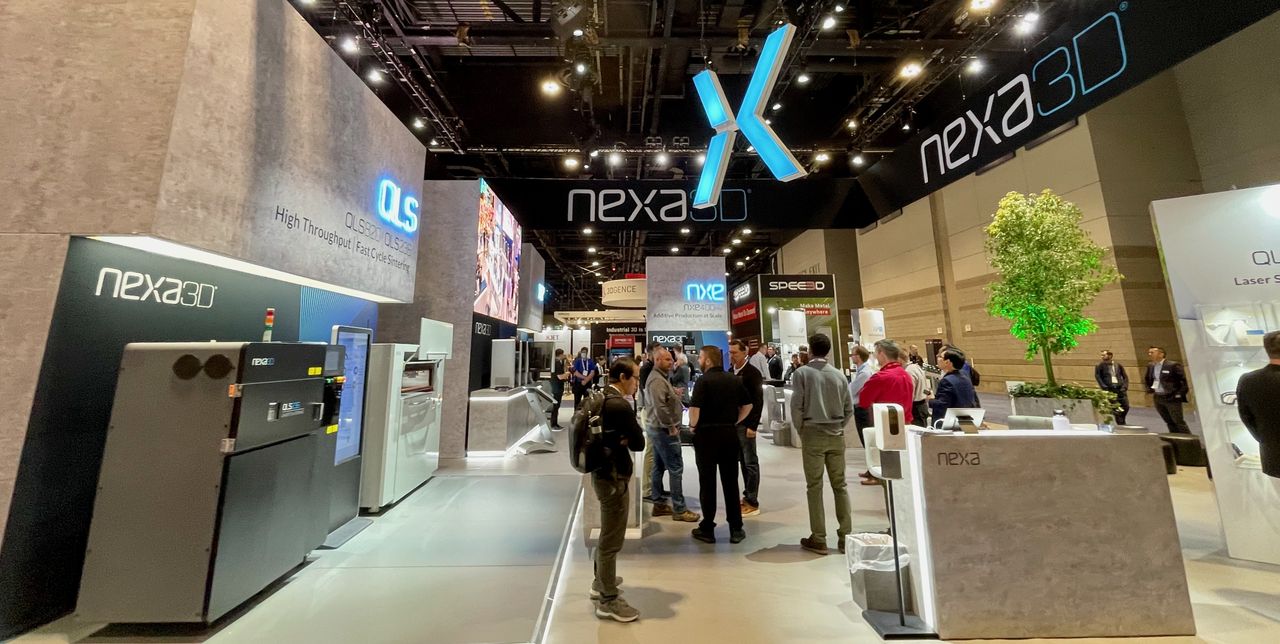
Is there a future for big-time 3D print exhibitions and trade shows?
Trade shows are important to us at Fabbaloo. There are several very large events that take place a few times per year, and they are an opportunity to connect with a large number of industry players all at once. For us it’s an economical way to network and collect information for our stories.
The largest events by far are Formnext, held each year in Frankfurt, and Rapid+TCT, held annually at different locations in the USA. Formnext is quite a bit larger, as it is closing in on 1000 exhibitors. Meanwhile, Rapid+TCT has around 500.
The exhibitors at these events are a wide variety of 3D printer manufacturers, producers of associated hardware & and software, and materials providers.
But I’m now wondering if the days are numbered for such events.
Why so? It’s because the thinking about 3D print technologies is slowly evolving. Things are now quite different from the early days.
Let’s wind the clock back ten or fifteen years. At that time “3D printing” was a new craze that hit the market. Multiple entrepreneurs entered the space, hoping to make fortunes — and some did. (Narrator: and some did not). The hype level was very high, and that was required to gain the attention of mass media.
One of the key approaches was to centralize exposure of the tech to the public, and this was done at big trade shows. Euromold, Rapid, CES and others transformed into places where the public could engage with “3D printing”.
That made sense when there were fewer players in the industry. It also made sense because at the time the focus on applications was far less than it is today. The typical machine of the day was designed first as a general purpose 3D printer. Operators would have to figure out what to do with them.
Applications were a secondary matter, as far as marketing went.
However, over the years an increasing number of 3D printer manufacturers have come to realize that the point of a 3D printer is to do something useful with it. To optimize their production and sales, many providers now work directly with industries to identify and implement specific applications.
Very often we’ll see a 3D printer manufacturer demonstrating the use of their equipment in a specific industry. Their hope is that others in that industry will see the concept and get into the technology themselves.
This type of demonstration is commonly done at 3D print trade shows. However, the audience at those shows is quite mixed. You’ll find people from many different industries. The flow of visitors to an exhibitor would now be only partially comprised of people from the industries their equipment is targeting.
Perhaps a better approach would be instead to exhibit equipment at specific industry trade shows. For example, why would the manufacturer of a 3D printer for dental applications show their gear to a small proportion at a general 3D print show, when they could instead exhibit at a specific dental event and have a far higher proportion of actual prospects?
It seems to me that as time passes, 3D printer manufacturers will increasingly focus on specific applications. As this occurs, it will be increasingly profitable to exhibit at events dedicated to those applications, and not so much at general purpose 3D print events.
In the end, there is no such industry as “3D printing”. Instead there is “dental”, “manufacturing” and others. They were always present, and the notion of “3D printing” as a standalone thing may evaporate, and the technology will become “just another tool to make things with”.
